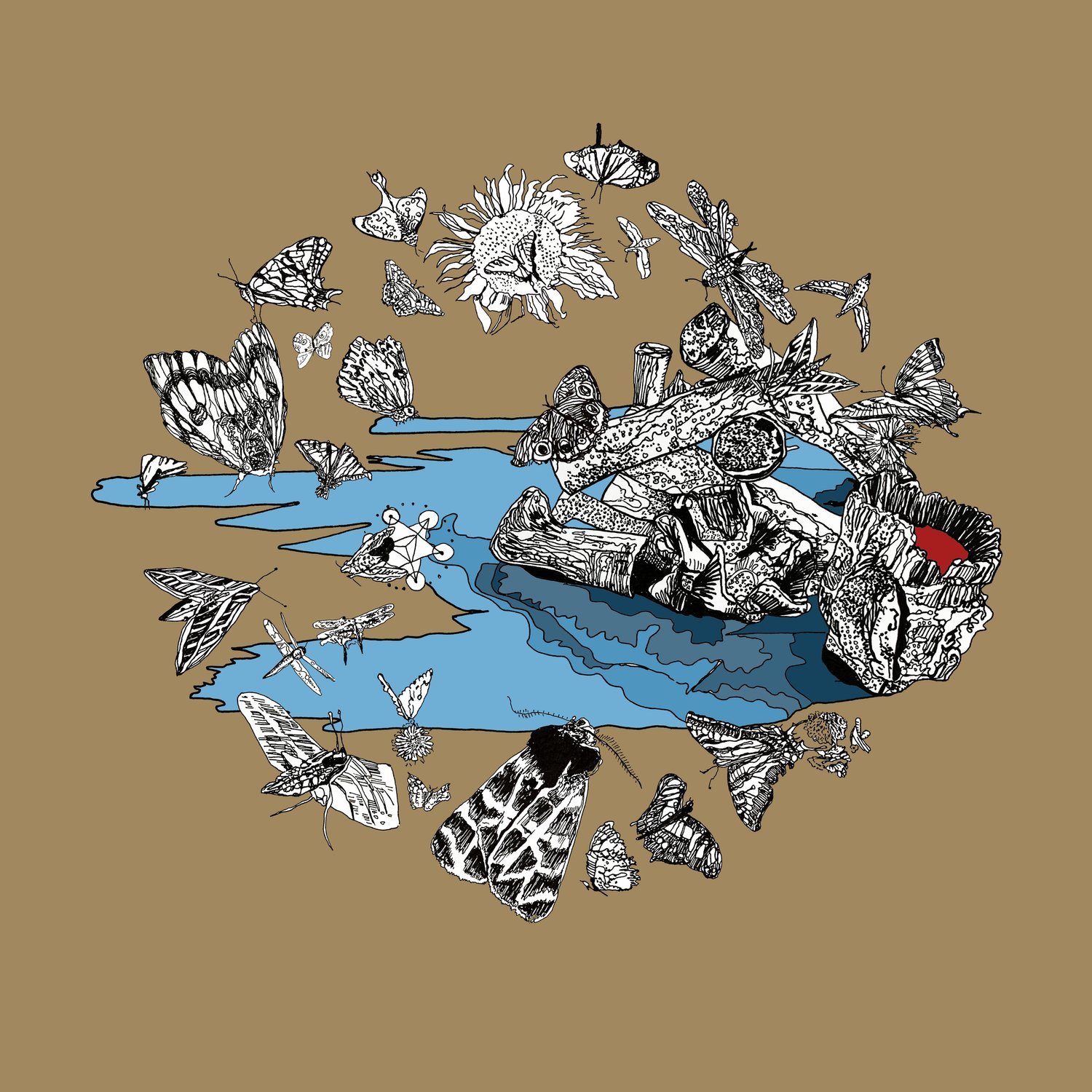daily nodes
Candace Garlock
A node is a point at which lines or pathways intersect. For me, the metaphor of connecting points develops in my daily art journaling. In this, I am recording my healing process after a major multiple sclerosis (MS) attack that has left me with ongoing debilitating symptoms. The daily illustrations and writings are part of the healing process, both physically and mentally.
Everything is connected for Candace Garlock (b. 1966). From Elko, Nevada , the Grid figures prominently in Candace Garlock's varied practice. The grid is an instinctual attempt at order—an arrangement of ideas and concepts, of soil and geography—to understand the world. Conversely, in her complex prints, figures and ideas float across vistas, and etchings hover in front of subjects and ideas, reminding us that a place is often in our heads. Our constant mediated landscape of advertisements, TV and movie stills, images from the internet, narrate our lived experience and blend to inform our understanding of the world around us. The fragmentation is the point—memory and place are layered and disjointed and always influenced by outside forces, no matter how hard we work to control things.
But if nothing else, Garlock's work is about the body: how we look at it, how we perceive and feel it, and how our bodies both teach and betray us. Her recent exhibition at the Lilley Museum of Art included heaps of playful feet, the taboo subject of the male nude, and the inner workings of a nervous system that has betrayed the artist's body. Garlock was diagnosed with multiple sclerosis (MS), a long-lasting and chronic disease of the central nervous system, in 2011. After that, the artist began interpreting her own body in her work, in drawings, etchings, and sculptures, all illustrating the different ways the body tells the story. This exhibition is not chronological, but it traces the practice of an artist who takes us on a journey through body and mind, with fragments of memory, our senses and reflections, mapped onto paper and clay.




